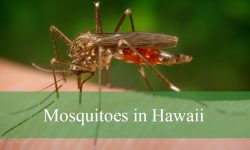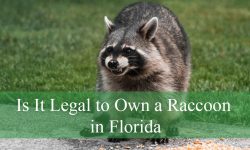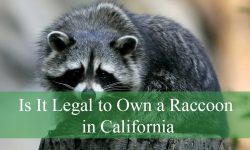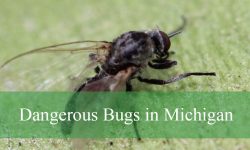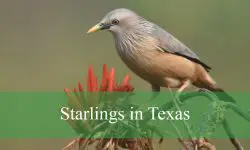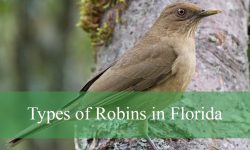South Carolina is home to a diverse range of hawks, from the large and iconic Red-tailed Hawk to the small and agile Sharp-shinned Hawk. These birds of prey play a vital role in maintaining healthy ecosystems by controlling populations of small mammals, birds, and insects.
Many hawks in the state are year-round residents, while others pass through during seasonal migrations. Observing them in their natural habitats—forests, wetlands, open fields, and suburban areas—offers a fascinating glimpse into their hunting skills and behaviors.
This guide covers 10 common hawk species in South Carolina, providing detailed identification tips, behavior insights, habitat preferences, and the best locations and times to see them in the wild.
Types of Hawks Found in South Carolina
Red-tailed Hawk (Buteo jamaicensis)
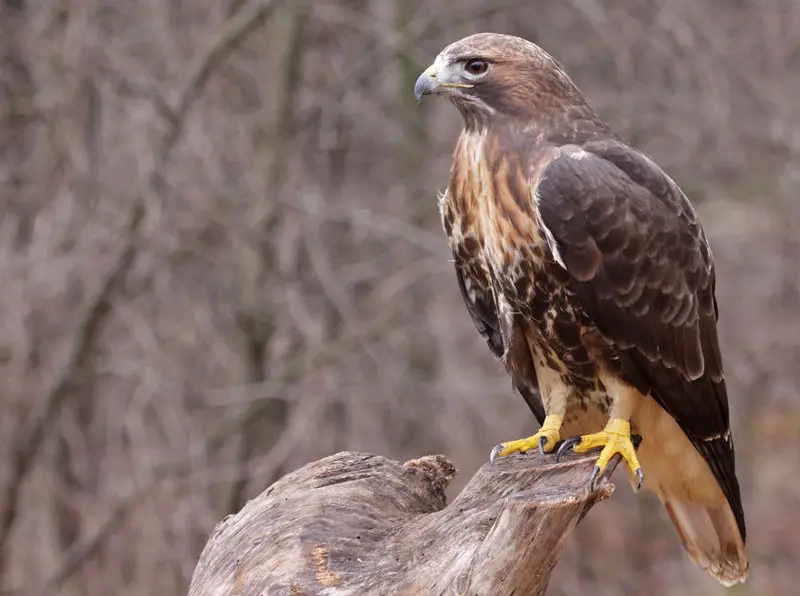
The Red-tailed Hawk is one of the most common and easily recognizable hawks in South Carolina. Adults have a distinctive brick-red tail, broad wings, and a robust body. Their plumage can vary, but most display a pale underside with a dark belly band and a brown back. Juveniles have brown tails with horizontal bars instead of the red coloration.
These hawks are medium to large, measuring 18–26 inches in length with a wingspan of 43–56 inches. They typically weigh between 2 to 4 pounds. Their size makes them formidable predators capable of hunting a wide range of prey, including small mammals, birds, and reptiles.
Red-tailed Hawks are versatile hunters and often perch on poles, trees, or fence posts, scanning open fields for prey. They are known for their soaring flight and can be observed gliding high on thermal currents. Their vocalization is a distinctive, raspy scream often heard during courtship or territorial displays.
In South Carolina, Red-tailed Hawks are widespread and adaptable, inhabiting woodlands, farmlands, and urban areas. They are year-round residents but may be more numerous in open rural areas during migration. A fun fact: Red-tailed Hawks can live up to 21 years in the wild, and they are frequently featured in movies due to their iconic screech.
Cooper’s Hawk (Accipiter cooperii)
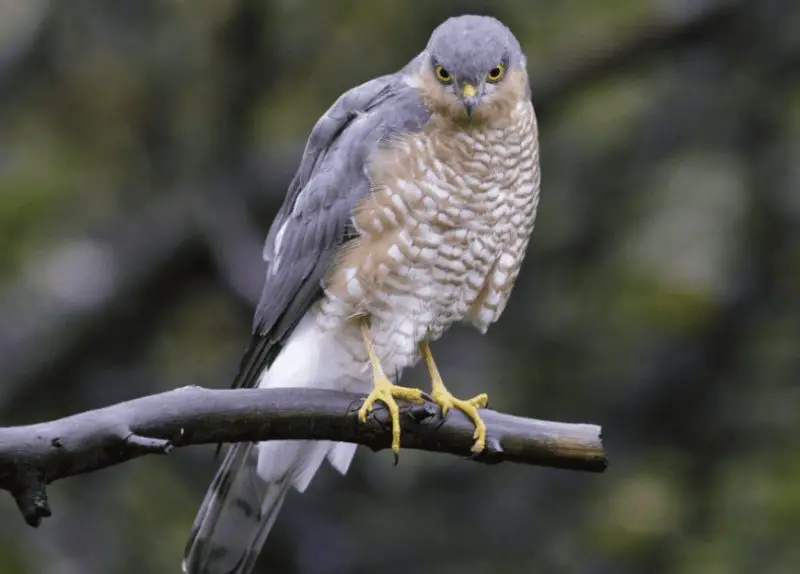
Cooper’s Hawks are medium-sized birds of prey with a sleek body and rounded tail, built for maneuvering through dense forests. Adults feature a blue-gray back, reddish bars on the chest, and a long, banded tail. Juveniles appear brown with streaked underparts, which gradually develop the adult coloration over a few years.
Typically, Cooper’s Hawks measure 14–20 inches long with a wingspan of 24–35 inches and weigh 8–24 ounces. Their compact size and agility allow them to pursue birds and small mammals in wooded habitats effectively. They are fast and precise hunters, capable of rapid directional changes mid-flight.
Cooper’s Hawks are known for their stealth and patience. They often perch quietly before launching sudden, swift attacks on unsuspecting prey. They are highly territorial during the breeding season, engaging in aerial displays and vocalizations to defend their nesting area.
In South Carolina, Cooper’s Hawks are common in forests, wooded suburbs, and parks. They migrate short distances but can often be seen year-round. A fun fact: Cooper’s Hawks have a reputation for raiding backyard bird feeders, which can make them both admired and infamous among bird enthusiasts.
Sharp-shinned Hawk (Accipiter striatus)
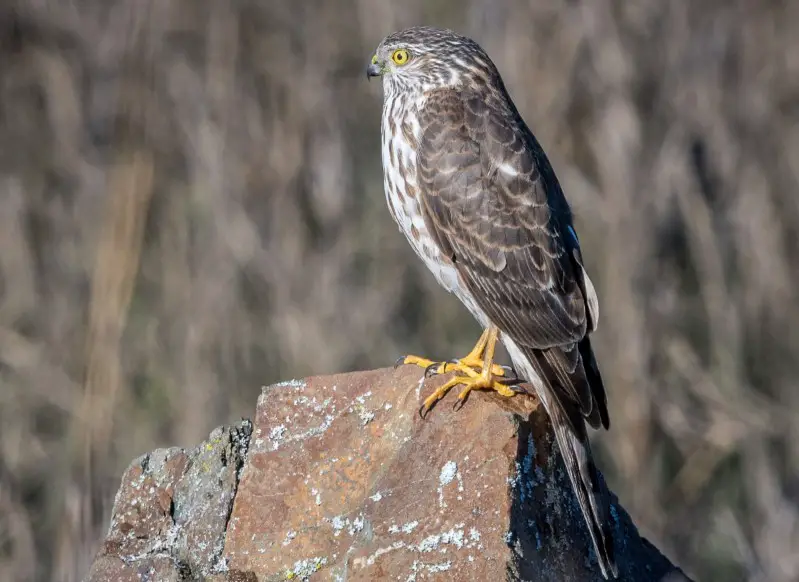
The Sharp-shinned Hawk is the smallest hawk of the genus Accipiter in North America. It has a slender body, short rounded wings, and a long, squared tail with dark bands. Adults display slate-gray upperparts and reddish-orange barring on the chest, while juveniles are brown with streaked underparts.
Sharp-shinned Hawks are compact, measuring 9–13 inches in length with a wingspan of 17–26 inches and weighing 3–8 ounces. Despite their small size, they are agile hunters, specializing in catching smaller birds in midair with incredible speed and maneuverability.
These hawks are secretive and prefer dense forests and thickets. They hunt by stealth, often flying low through trees and using surprise attacks to capture their prey. Sharp-shinned Hawks are highly energetic, constantly adjusting flight patterns to outmaneuver fast-moving songbirds.
In South Carolina, they are mainly forest dwellers but can appear near feeders during migration. They are most noticeable during fall migration when flocks pass through the state. A fun fact: Due to their quick, zigzag flight and small size, Sharp-shinned Hawks are sometimes mistaken for falcons at a distance.
Red-shouldered Hawk (Buteo lineatus)
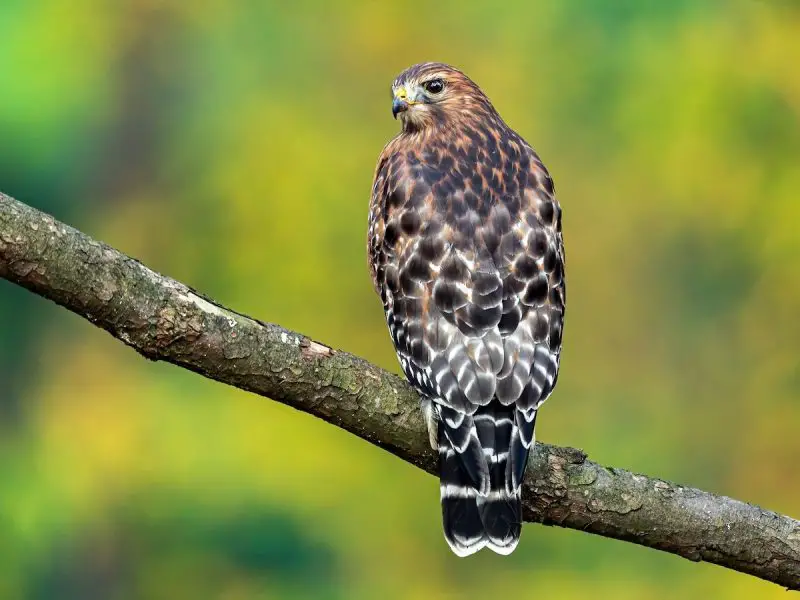
Red-shouldered Hawks are medium-sized raptors with striking plumage. Adults have reddish barring on the chest, black-and-white checkered wings, and a rufous tail with narrow bands. Juveniles are browner with less pronounced markings but develop adult coloration over time. Their call is a loud, repetitive “kee-aah” that echoes through forests.
These hawks measure 16–24 inches in length with a wingspan of 37–43 inches and weigh 1.5–3 pounds. Their broad wings and robust body allow them to soar and perch comfortably while scanning for prey such as amphibians, small mammals, and reptiles.
Red-shouldered Hawks are often associated with wooded swamps, river valleys, and floodplains. They hunt from elevated perches, swooping down to capture prey on the ground or in shallow water. These hawks are highly territorial, especially during breeding season, and perform aerial displays to communicate dominance.
In South Carolina, Red-shouldered Hawks are year-round residents, thriving in bottomland forests and suburban areas near water. A fun fact: They are one of the few hawks that often vocalize during flight, especially when soaring above their territory.
Broad-winged Hawk (Buteo platypterus)
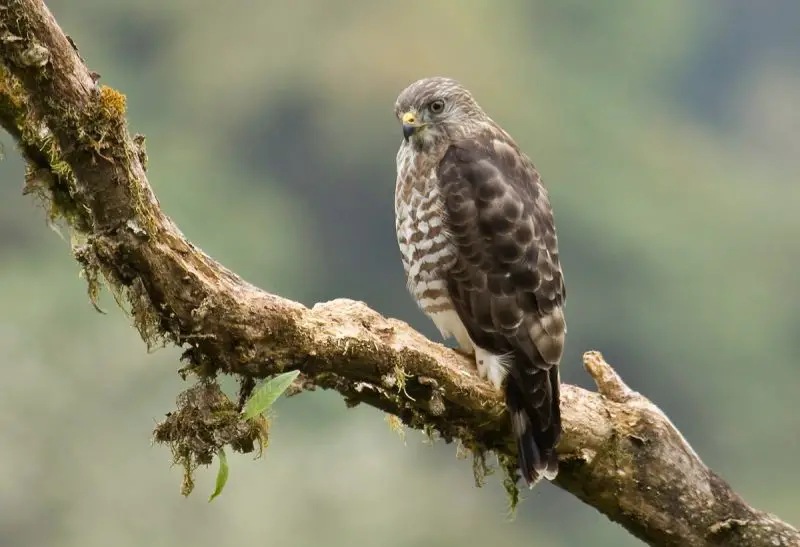
Broad-winged Hawks are small but stocky raptors with broad, rounded wings and a short, banded tail. Adults have brown upperparts, reddish barring on the chest, and distinctive white underwing linings. Juveniles are browner with streaked undersides. These hawks are famous for forming large migratory flocks called “kettles” in the fall.
They measure 13–17 inches long with a wingspan of 32–39 inches and weigh 8–24 ounces. Despite their smaller size, they are capable soarers, often traveling hundreds of miles during migration in tight groups that can number in the thousands.
Broad-winged Hawks hunt small mammals, amphibians, and insects, usually from a perch or low flight. During migration, they use thermals to gain altitude efficiently and conserve energy. Their social behavior in flight is unique, as entire flocks coordinate movement and hunting strategies.
In South Carolina, Broad-winged Hawks are mostly seen during migration, especially in September and October. They prefer forests and woodland edges while breeding. A fun fact: These hawks are rarely solitary during migration, and their mass kettles can include tens of thousands of individuals, creating one of nature’s most spectacular aerial displays.
Northern Harrier (Circus hudsonius)
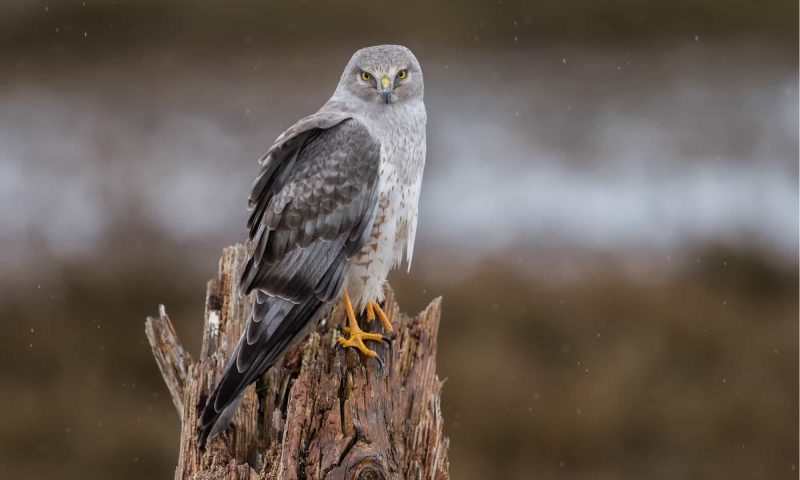
Northern Harriers are medium-sized hawks recognized for their unique low-flying hunting style and owl-like facial disk, which helps them detect prey by sound. Males are gray above with white underparts, while females and juveniles are brown with streaked underparts. Their wings are long and held in a shallow V during flight.
They measure 17–20 inches in length with a wingspan of 39–46 inches and weigh 14–28 ounces. Their slender body and long tail allow them to glide low over fields and marshes, hunting for small mammals, birds, and insects.
Northern Harriers hunt by flying slowly over open habitats, relying on keen eyesight and hearing to locate prey. They are known for their graceful, low-to-the-ground flight, which allows them to surprise animals in dense vegetation. They also display a slow, looping courtship flight in spring.
In South Carolina, Northern Harriers are mostly found in marshes, wetlands, and open fields, especially during winter migration. They are less common during the breeding season but are occasionally seen nesting in the coastal plain. A fun fact: Their facial disk is so pronounced that they are sometimes called “marsh hawks,” and it functions similarly to an owl’s, enhancing their hearing for hunting.
Swainson’s Hawk (Buteo swainsoni)
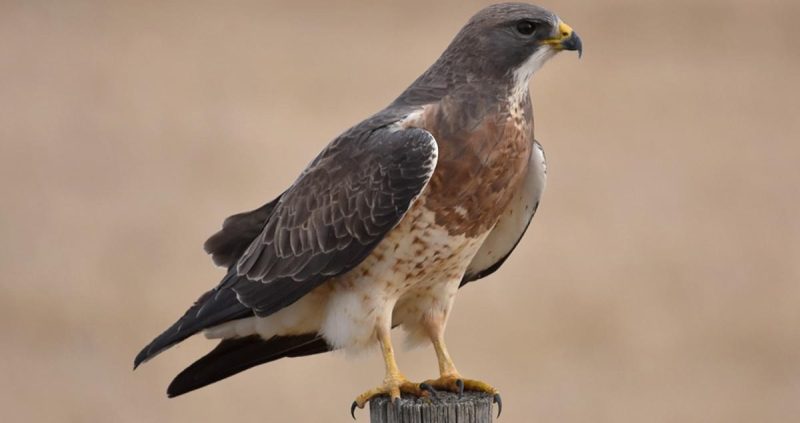
Swainson’s Hawks are large, slender buteos known for their long migrations between North and South America. Adults have a pale underbody, dark shoulders, and a broad tail, while juveniles are brownish with streaked underparts. Their wings are long and pointed, aiding in long-distance flight.
They measure 18–24 inches in length with a wingspan of 46–55 inches and weigh 1.5–3 pounds. Their body structure is adapted for soaring over open fields, making them efficient hunters of insects and small mammals.
Swainson’s Hawks are social raptors, often gathering in large groups during migration. They hunt from low glides or by perching, feeding primarily on grasshoppers and small rodents. During the breeding season, they perform impressive aerial displays to establish territory.
In South Carolina, Swainson’s Hawks are rare visitors, usually seen during migration. They prefer open farmland or grasslands when passing through. A fun fact: Swainson’s Hawks undertake one of the longest migrations of any North American raptor, traveling over 6,000 miles to winter in Argentina.
Ferruginous Hawk (Buteo regalis)
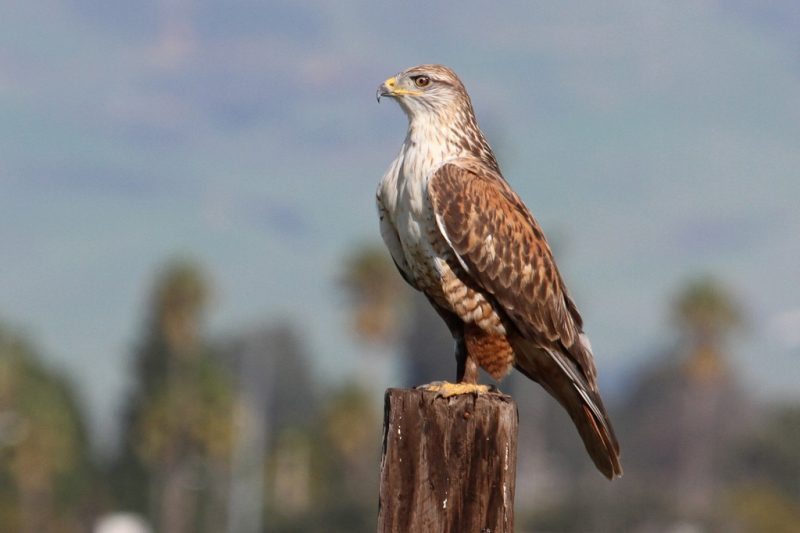
Ferruginous Hawks are the largest North American hawks, known for their striking rusty-colored plumage and broad wings. Adults show pale underparts with reddish-brown markings, while juveniles are more streaked. Their powerful build makes them adept hunters of rabbits, prairie dogs, and ground squirrels.
They measure 20–27 inches in length with a wingspan of 53–61 inches and weigh 2–4.5 pounds. Their large size and strong talons allow them to capture relatively large prey compared to other hawks.
Ferruginous Hawks hunt mostly in open prairies, soaring high to spot movement before diving to catch prey. They are known for their slow, deliberate flight and ability to hover briefly while scanning for food. They are also highly territorial during breeding.
In South Carolina, Ferruginous Hawks are extremely rare, typically appearing as accidental vagrants. They are primarily found in western North America. A fun fact: Their name “ferruginous” comes from the Latin word for iron, referencing their reddish-brown plumage that resembles rust-colored iron.
Rough-legged Hawk (Buteo lagopus)

Rough-legged Hawks are winter visitors in South Carolina, migrating from the Arctic tundra. They are medium-large hawks with feathered legs, which help insulate them in cold climates. Adults display a light-colored body with dark patches on the belly and wings, while juveniles are browner with streaked underparts.
They measure 18–22 inches in length with a wingspan of 52–55 inches and weigh 1.5–3 pounds. Their broad wings and feathered legs are adaptations for hunting over open fields and snowy habitats.
These hawks hunt primarily small mammals such as voles and mice, using a hovering technique to locate prey before dropping down to capture it. They are often seen perched on fence posts or poles during the winter months, scanning fields for food.
In South Carolina, Rough-legged Hawks are winter visitors, most commonly seen in open agricultural fields and wetlands from December to March. A fun fact: Their feathered legs give them the “rough-legged” name and help them survive the extreme cold of their Arctic breeding grounds.
Black Hawk (Buteogallus anthracinus)
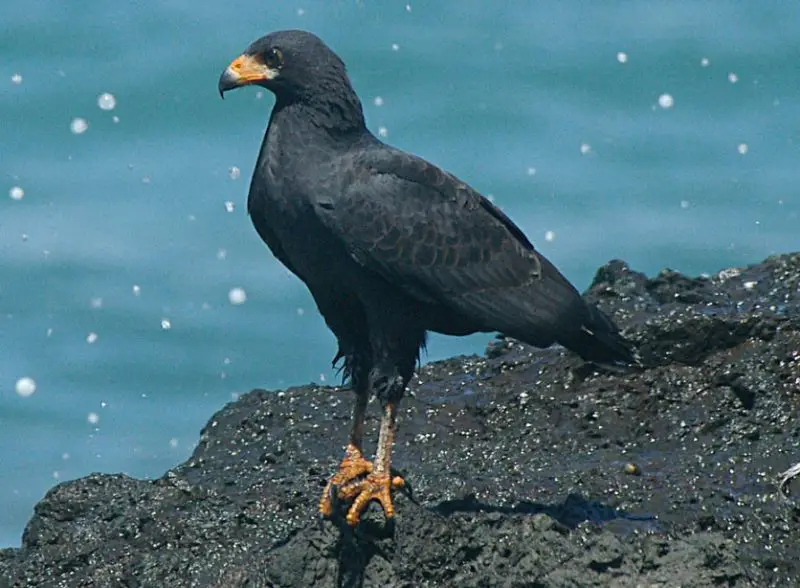
Black Hawks are large, dark raptors with mostly black plumage, a broad tail with white bands, and a powerful build. Adults are easily recognized by their uniform dark coloration and distinctive call, while juveniles are browner and slightly streaked. They are often associated with wetland habitats.
They measure 21–25 inches in length with a wingspan of 50–58 inches and weigh 2–3.5 pounds. Their robust body allows them to capture a variety of prey, including small mammals, reptiles, and amphibians.
Black Hawks are skilled hunters and often patrol rivers, swamps, and floodplains. They are known for their soaring flight and occasional perch hunting. They are also territorial during the breeding season, building large stick nests in tall trees near water.
In South Carolina, Black Hawks are extremely rare, primarily seen in coastal or swampy areas as vagrants. A fun fact: They are part of the same genus as the widely known Common Black Hawk and are highly adapted to riparian and wetland environments.
FAQs About Hawks in South Carolina
What types of hawks are commonly found in South Carolina?
South Carolina hosts a variety of hawks, including Red-tailed Hawk, Cooper’s Hawk, Sharp-shinned Hawk, Red-shouldered Hawk, Broad-winged Hawk, Northern Harrier, Swainson’s Hawk, Ferruginous Hawk, Rough-legged Hawk, and Black Hawk. Some are year-round residents, while others are migratory or winter visitors.
When is the best time to see hawks in South Carolina?
The best time varies by species. Many hawks, such as Red-tailed and Cooper’s Hawks, can be observed year-round, while Broad-winged Hawks and Sharp-shinned Hawks are most visible during fall migration. Winter visitors like Rough-legged Hawks are typically seen between December and March.
Where are the best locations to spot hawks in South Carolina?
Hawks can be seen in forests, wetlands, farmlands, parks, and suburban areas. Open fields and roadside perches are great for Red-tailed Hawks, while wooded parks and feeders attract Cooper’s and Sharp-shinned Hawks. Coastal plains, river valleys, and bottomland forests are ideal for Red-shouldered Hawks.
What do hawks in South Carolina eat?
Hawks are carnivorous and primarily feed on small mammals, birds, reptiles, amphibians, and insects. Each species may specialize; for example, Sharp-shinned Hawks hunt smaller birds, while Red-tailed Hawks take a variety of mammals like rabbits and rodents.
Are any hawks in South Carolina endangered or protected?
All hawks in South Carolina are protected under the Migratory Bird Treaty Act, making it illegal to harm, capture, or disturb them. While none of the common species are currently endangered, habitat loss and pesticide use can impact local populations.
How can I differentiate between similar hawk species?
Identification relies on size, plumage color, wing shape, tail patterns, and flight behavior. For instance, Red-tailed Hawks have a brick-red tail, Cooper’s Hawks have rounded tails and blue-gray backs, and Sharp-shinned Hawks are smaller with squared tails and agile flight patterns.

